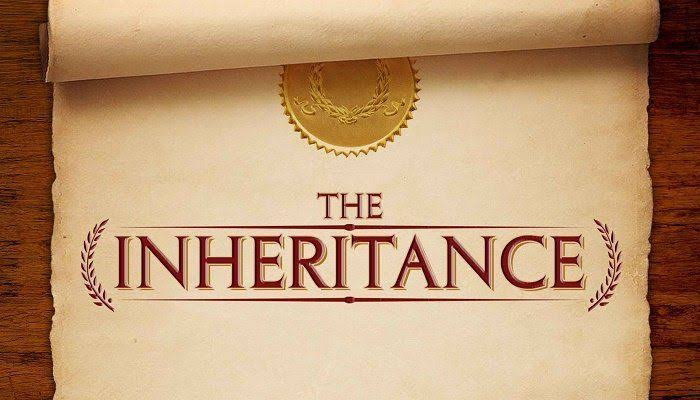ANALYSIS OF NATIONAL EMERGENCY
46 Years ago, a state of Emergency was declared in India by the then President Fakruddin Ali Ahmad as per the behest of Smt. Indira Gandhi, the then Premier. By virtue of Article 352 (1), the emergency was communicated. The grounds for same was “a grave emergency exists whereby the security of India was threatened by internal disturbances”. In addition, the government cited the 1971 war with Pakistan and the drought of 1972 as reasons for imposing the emergency on 26th June, 1975. It is important to be aware of the series of events that lead to the 21-month long emergency. It all started with the peculiar judgement of State of Uttar Pradesh v/s Raj Narain wherein the Allahabad High Court convicted Indira Gandhi of having indulged in electoral malpractice, thereby declaring her election to be in contravention, and hence null and void. Making Smt. Gandhi approach the Supreme Court and then finally the President who then declared the emergency.
From the above it is very clear that, although the President is the one to exercise the power, the Cabinet led by the Prime Minister is has the real authority in authorizing the same. This is so because the phrase ‘satisfied’ as used in Article 352 does not mean mere personal satisfaction of the President, but it refers to the satisfaction of the Cabinet. Furthermore, the 44th Addendum made to the Constitution which annexed clause 3 to Article 352, rigidly mentions that the President shall declare emergency only on the written advice of the Union Cabinet, headed by the Premier.
It is therefore reasoned that the emergency provisions vest huge amount of power in the Executive as was vocalized by varied members in the Constituent Assembly debates. Hence, to act as a check & balance method the Judiciary steps in to exercise its power of judicial review as was held in Minerva Mills v/s UOI, 1980, wherein Justice Bhagwati states that there exists no such bar to judicial review of validity of such proclamation.
References –
1. IMPORTANT JUDGEMENTS THAT TRANSFORMED INDIA by Alex Andrews George.
2. State Of U.P vs Raj Narain & Ors on 24 January, 1975, https://indiankanoon.org/doc/438670/
3. CONSTITUTIONAL LAW OF INDIA by DR. J.N. Pandey
4. PROFESSIONAL’S THE CONSTITUTION OF INDIA BARE ACT.
5. https://legislative.gov.in/constitution-forty-fourth-amendment
6. Minerva Mills v/s Union of India, 1980, https://indiankanoon.org/doc/1939993/
By LOHITAKSH SHIVELY
https://bulletprofitsmartlink.com/smart-link/76104/4




Comments
Post a Comment